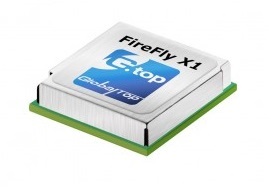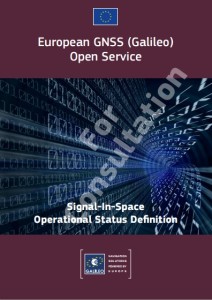Google has announced that raw GNSS measurements will be available to apps in the Android N operating system, which will be released later this year. This means pseudoranges, dopplers and carrier phase will be obtainable from a phone or tablet computer.
The announcement came during Google’s I/O 2016, its three-day developer conference which was held May 18-20. The specific announcement occurs during a video summary of the conference, shown below.
“This is groundbreaking,” says Steve Malkos, a technical program manager at Google. “It is the first time in history that a mobile application will have access to Read more…



